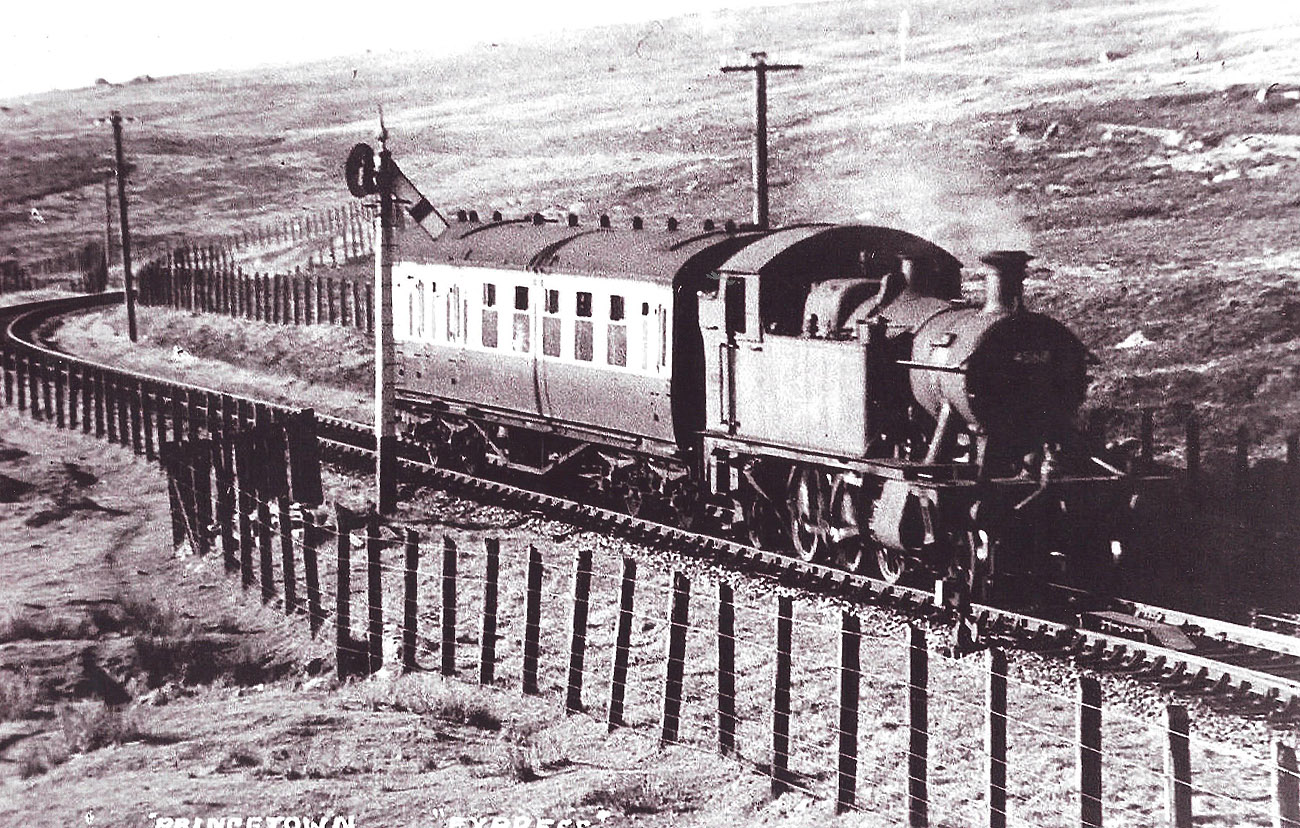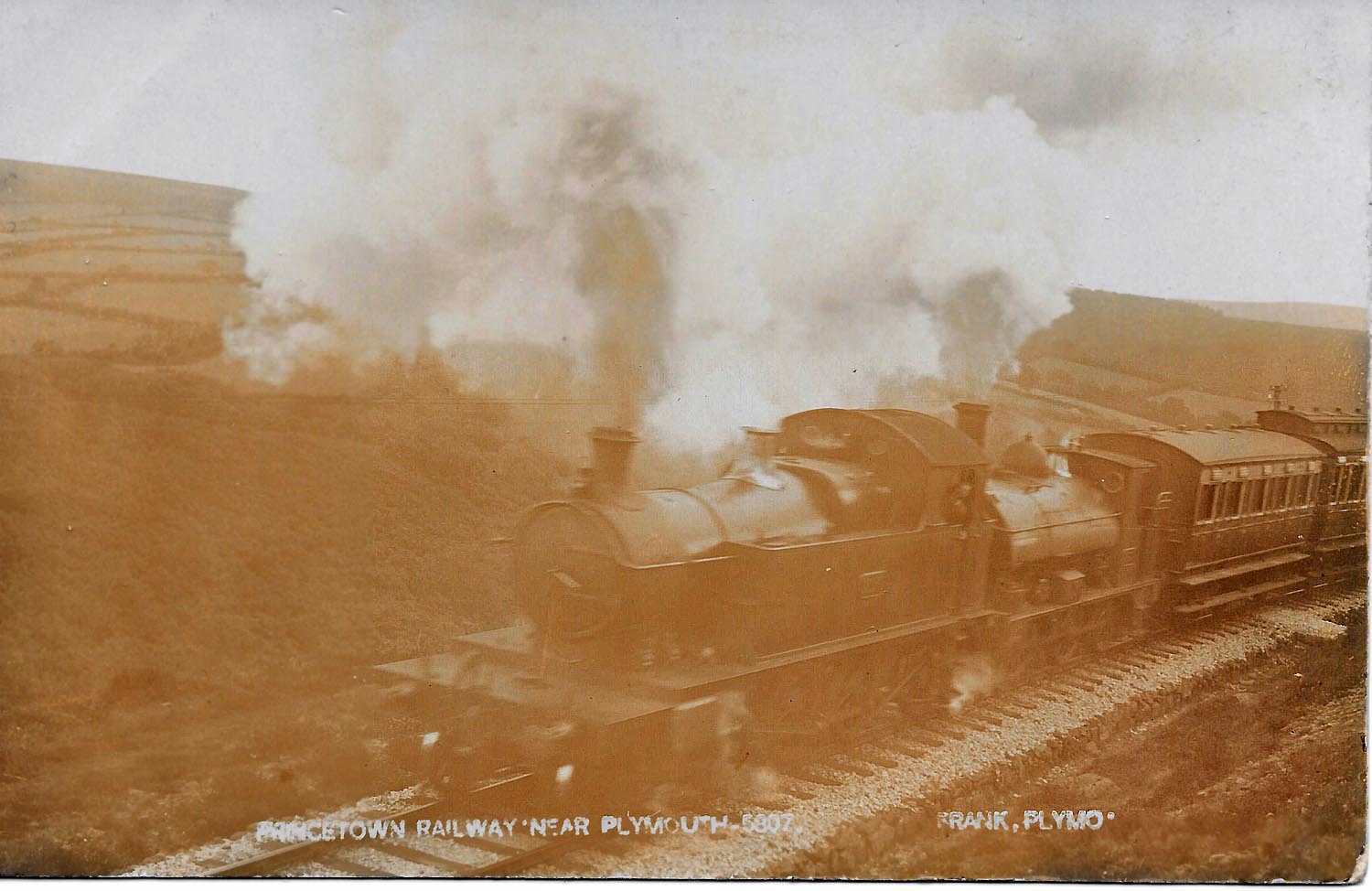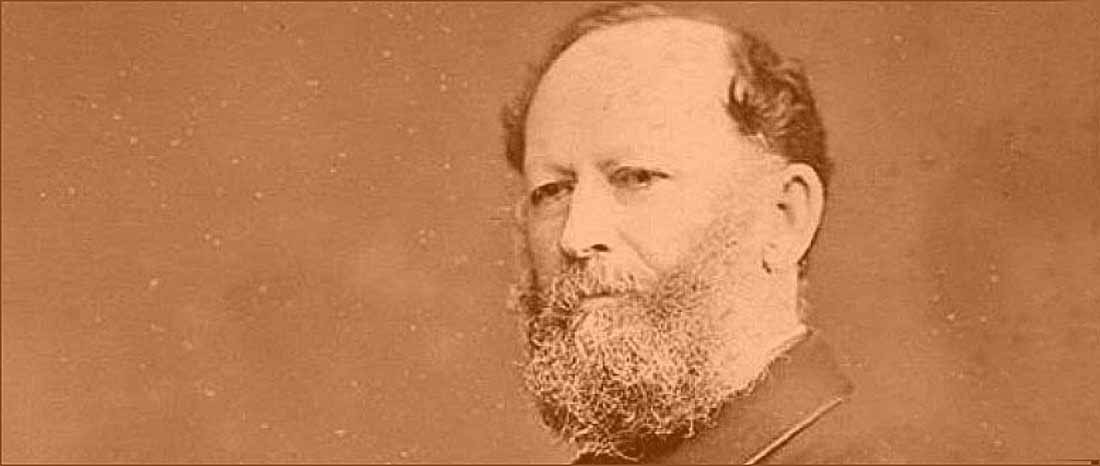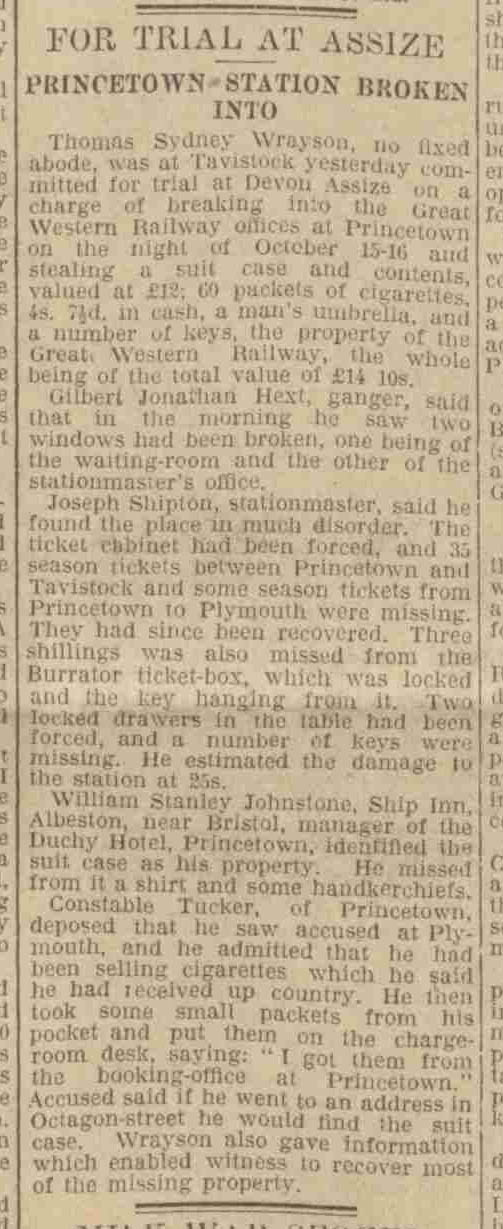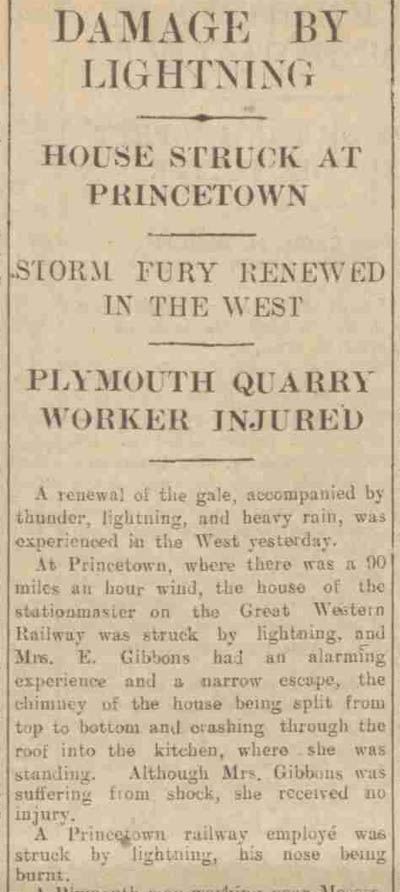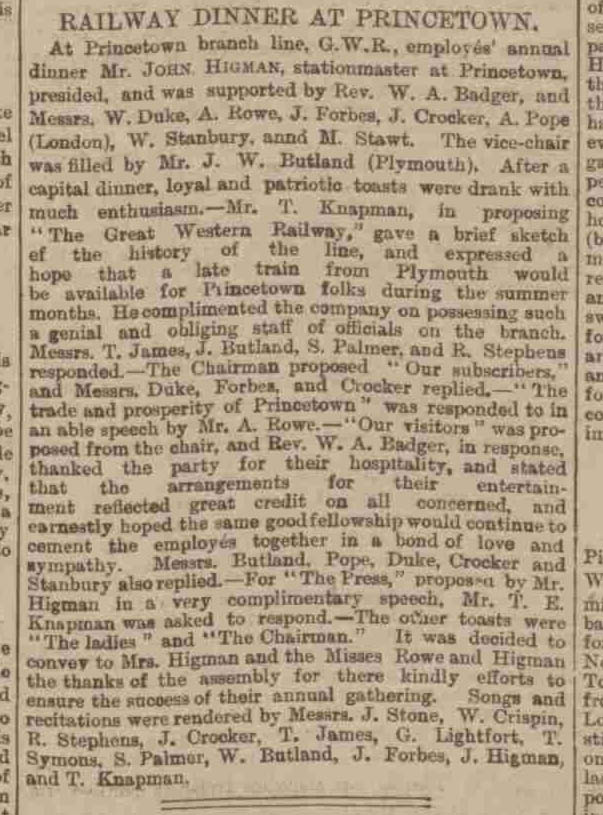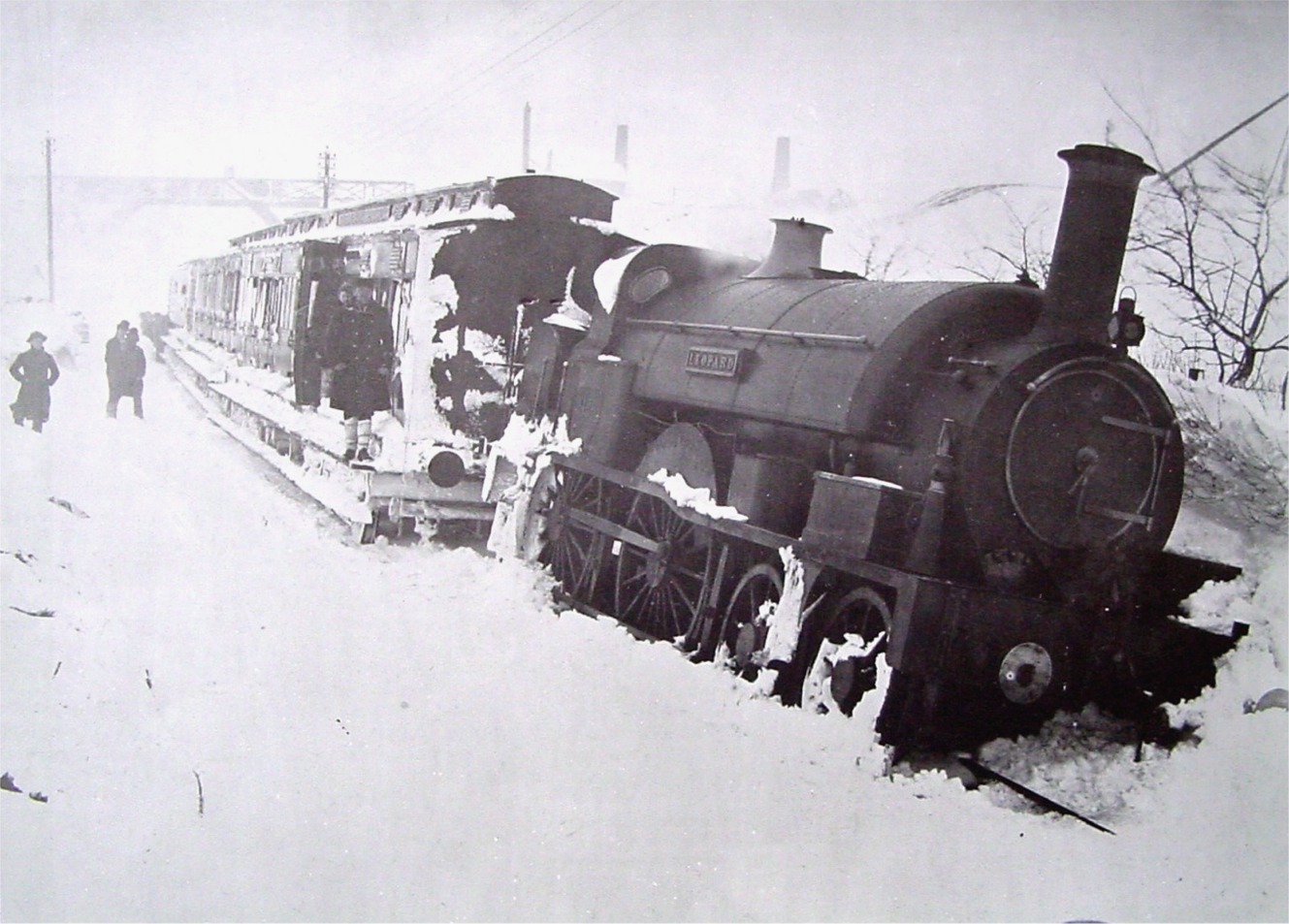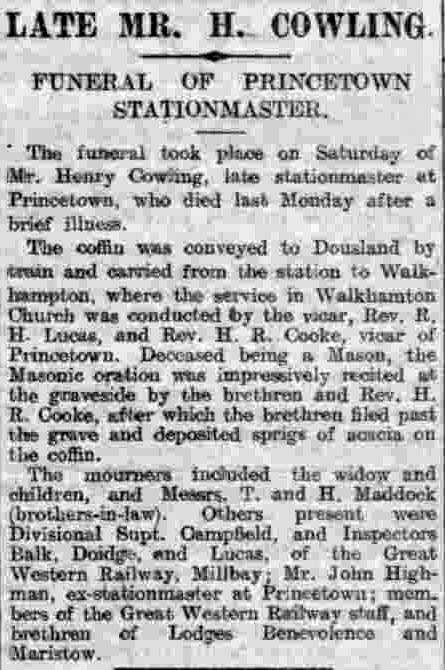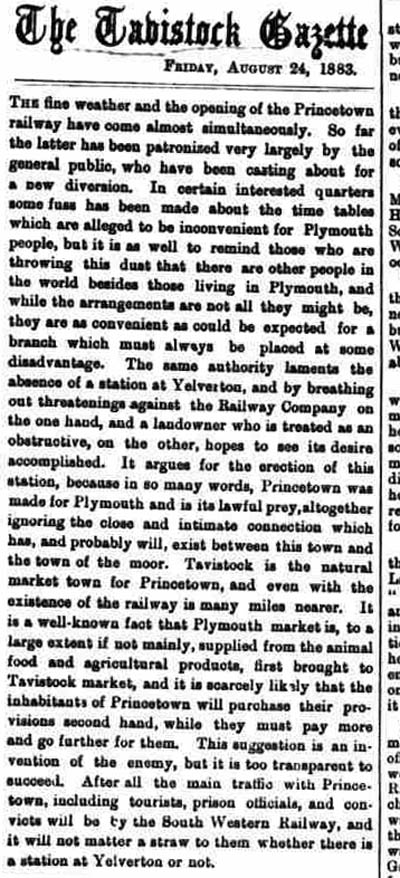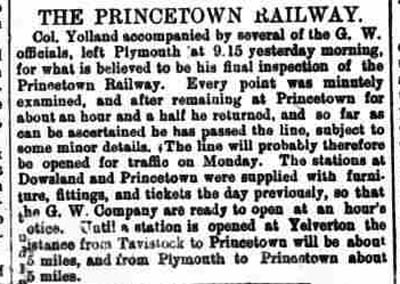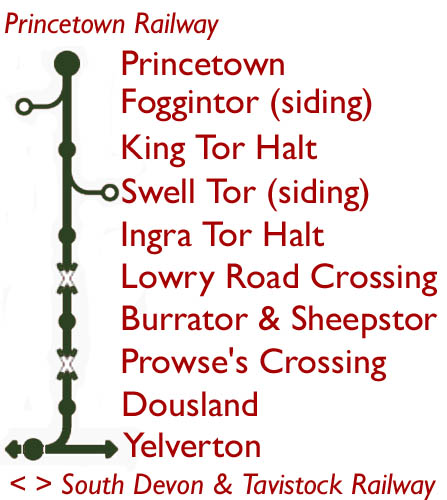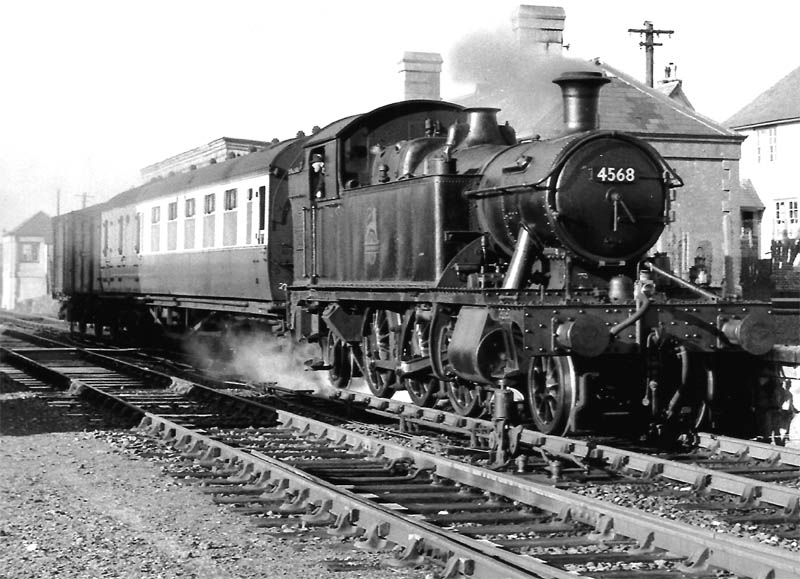
The Princetown Railway was a single track branch line in Devon, South West England, operated between Yelverton to Princetown.
Through available public archive and print news coverage, these pages look at the history, development and running of services. With news articles we discover how life was for those who worked and lived on this West Devon, Dartmoor line – the dramatic weather, the bleakness and beauty, daily life, the inclusion of the prison, the fight to keep it and the community as a whole from the 1800’s until the end of the line in the mid 1950’s.

In Brief
The Princetown Railway, operated by the Great Western Railway Company, commenced operations on Saturday, August 11th, 1883. This arrangement continued until January 1st, 1922, when the Great Western Railway Company formally took over the Princetown Railway Company.
During this period, Yelverton Station served as the terminus of the Princetown Railway, situated on the Plymouth to Tavistock and Launceston Branch. Apart from Yelverton, there were only two other stations along the line: Dousland and Princetown. To accommodate goods traffic, sidings were established at Walkhampton Common (later renamed Eggworthy Siding), Swell Tor Sidings, and Royal Oak Siding. Since Yelverton lacked the necessary facilities, all goods traffic continued through to Horrabridge Station.
The initial locomotives employed on the Princetown Branch in 1883 were two 0-6-0 tanks manufactured by Messrs Sharp, Stewart and Company of Manchester in 1865. These locomotives had previously operated under the Llynvi and Ogmore Railway Company at Porthcawl, Glamorganshire, before being acquired by the Great Western Railway Company and assigned the numbers 919 and 923. It remains unclear whether both locomotives were stationed at Princetown Engine Shed and the specific reasons behind allocating two locomotives to the Branch. Number 923 was withdrawn in June 1888, followed by number 919 in June 1892.
Subsequently, the 517 class of 0-4-2 tanks, represented by numbers 561 and 563, replaced the withdrawn locomotives. These locomotives, built in 1869, were already two decades old when they arrived on the Princetown Branch. They were later succeeded by two other locomotives from the 850 class of 0-6-0 saddle tanks, numbers 990 and 992, dating from 1875-76.
In 1905-06, a new 2-6-2 tank locomotive, designed specifically for the hilly routes of the West Country, was introduced. Initially known as the 3101 class, they were subsequently renamed the 4400 class. While the precise date of the first appearance of these locomotives on the Princetown Branch is undocumented, numbers 4400, 4401, 4402, 4406, 4407, and 4410 have been mentioned as engines utilised on the Branch between then and September 1955, when they were replaced by locomotives of the 4500 class.
In 1909, discussions surrounding a proposed light railway between King’s Tor and Merrivale Quarry began, but the plan failed to materialise. However, on Monday, February 4th, 1924, Burrator and Sheepstor Platform was inaugurated to facilitate the transportation of workers involved in the construction of the Burrator and Sheepstor Dams (see here).
From Monday, May 18th, 1925, Burrator and Sheepstor Platform was made accessible to the general public, with train services operating exclusively during daylight hours. Around 1923/24, the Royal Oak Siding was removed.
After a fourteen-year hiatus, Sunday services were reintroduced on the Branch from Sunday, July 18th, 1926, limited to the summer holiday months.

Princetown Station had the reputation of being the highest railway station in England, at almost 1373 feet. It was regarded as one of the most attractive lines in England, but scenic moorland beauty and Victorian tourism potential could never sustain the service. The line had a history of low passenger numbers. More than sixty years after the closure many look back on the service with affection – some even argue that had it been sold as an independent business concern it could well be alive today as a Dartmoor attraction.

“In September 1956 a plan for raising funds to purchase the Princetown line with a view to re-opening was considered by Lydford Parish Council, the authority controlling the Forest of Dartmoor, but this met with little response and the matter soon dropped” (source: ‘The Tavistock, Launceston and Princetown Railways’. G.H. Anthony 1971).
Due to the absence of Sunday service, the decision was made to close the railway line on Saturday, 3rd March 1956, once the harshest winter weather had subsided. Serving as the final Station Master at Princetown Station was Mr W G West, while the drivers of the last train were Mr William Frederick G Gough, a resident of Princetown who had dedicated 21 years to the Branch, and Mr Frederick Cole from Bittaford. Assisting them were Firemen Messrs Cyril Stephens and Ronald Hext, both hailing from Princetown. Notably, on Friday, 1st March 1956, Mr Gilbert Jonathan Hext had completed an impressive 41 years as a Ganger on the branch.
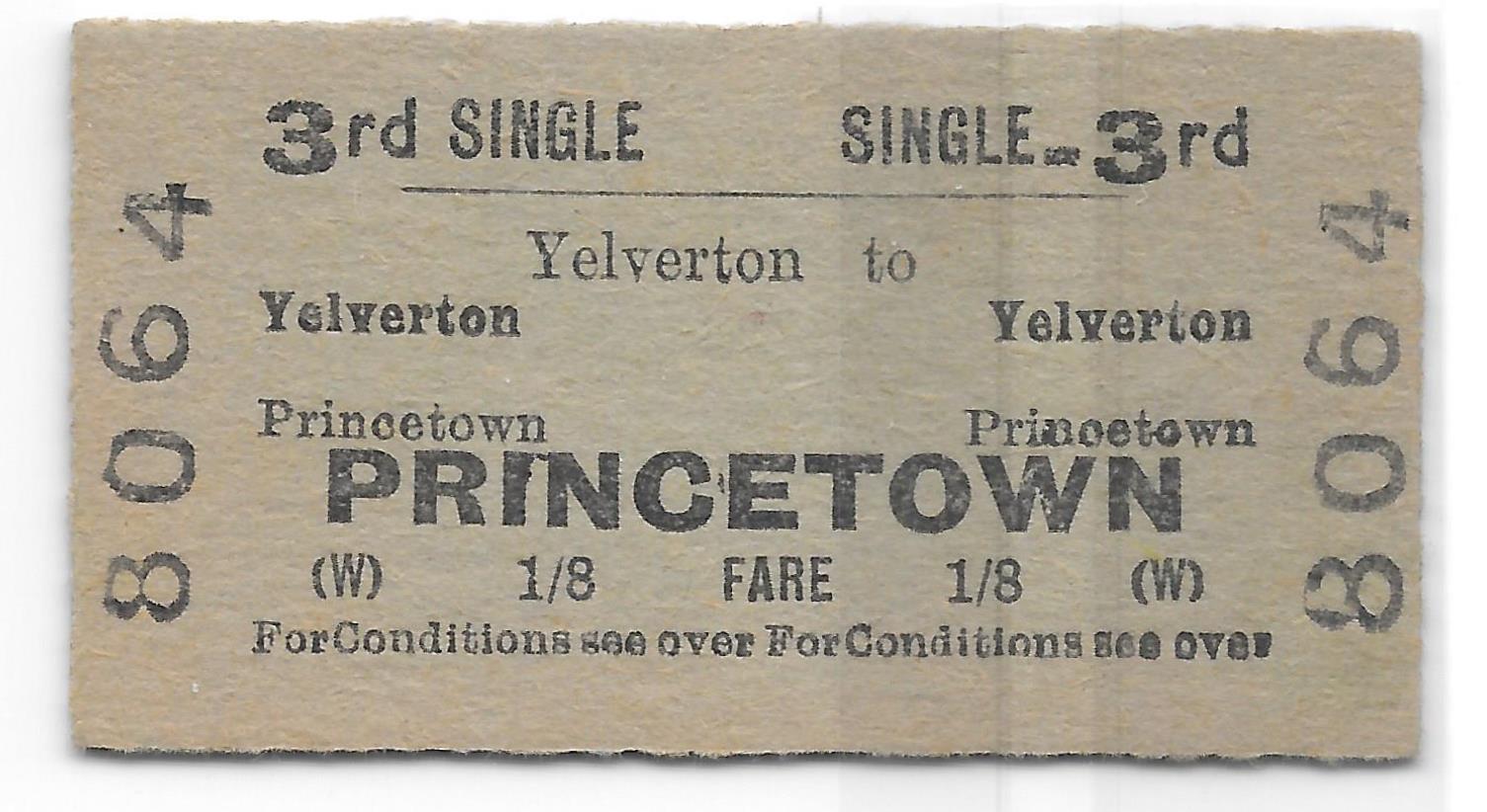
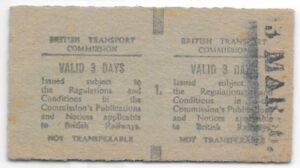 Subsequently, it has been asserted that had an individual come forward with approximately £25,000 during that time, they could have acquired the entire railway line along with its buildings. Sadly, the railway preservation movement was still in its nascent stage, and no one comprehended the potential of safeguarding one of Britain’s most breath-taking railway journeys.
Subsequently, it has been asserted that had an individual come forward with approximately £25,000 during that time, they could have acquired the entire railway line along with its buildings. Sadly, the railway preservation movement was still in its nascent stage, and no one comprehended the potential of safeguarding one of Britain’s most breath-taking railway journeys.
Significantly, a proposal emerged in the months of August and September 1956, spearheaded by a certain Mr P Morshead and receiving support from Lydford Parish Council. The proposal aimed to purchase the track, re-lay it to a narrow gauge, and employ three narrow gauge tank locomotives to operate trains between Yelverton Station and Dousland Station. The intention was to generate revenue that could be used to reopen the remaining stretch of the railway line.
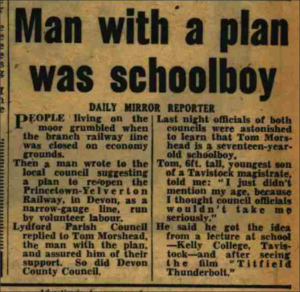
It turned out that the proposal came from 17 year-old Tom Morshead, a pupil at nearby Kelly College.
Man with a plan was schoolboy
DAILY MIRROR REPORTER
PEOPLE living on the moor grumbled when the branch railway line was closed on economy grounds. Then a man wrote to the local council suggesting a plan to reopen the Princetown-Yelverton Railway. in Devon, as a narrow-gauge line, run by volunteer labour.
Lydford Parish Council replied to Tom Morshead, the man with the plan, and assured him of their support. So did Devon County Council.
Last night officials of both councils were astonished to learn that Tom Morhead is a seventeen-year- old schoolboy.
Tom, 6ft. tall, youngest son of a Tavistock magistrate, told me: ” I just didn’t mention my age, because I thought council officials wouldn’t take me seriously.” He said be got the idea from a lecture at school —Kelly College, Tavistock—and after seeing the film “Titfield Thunderbolt.”
